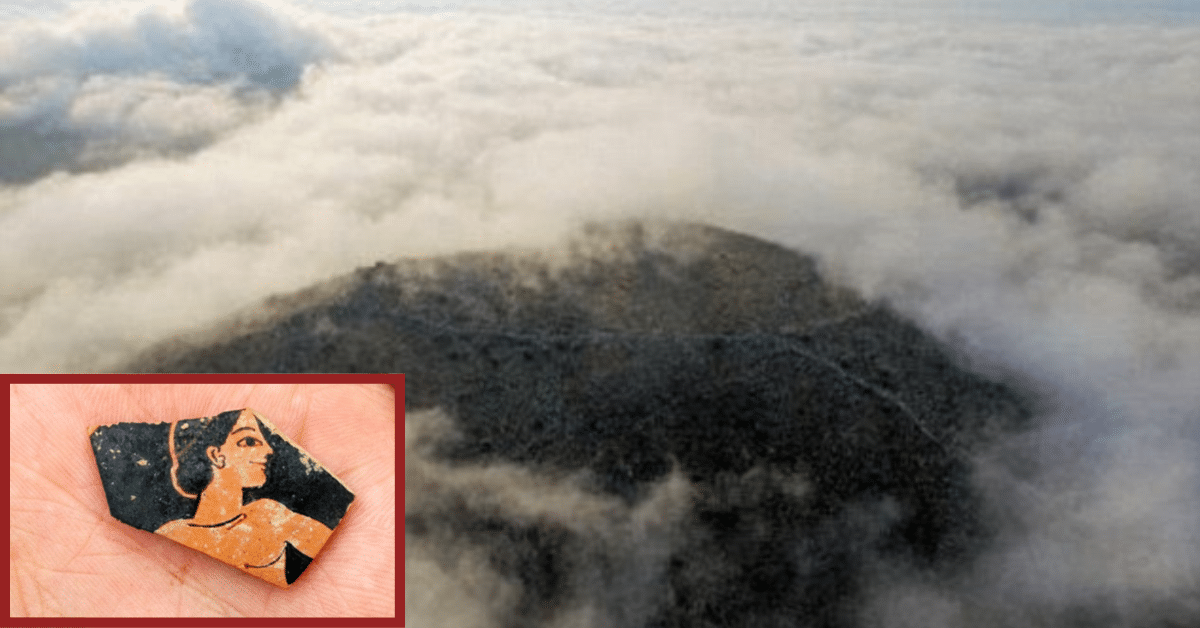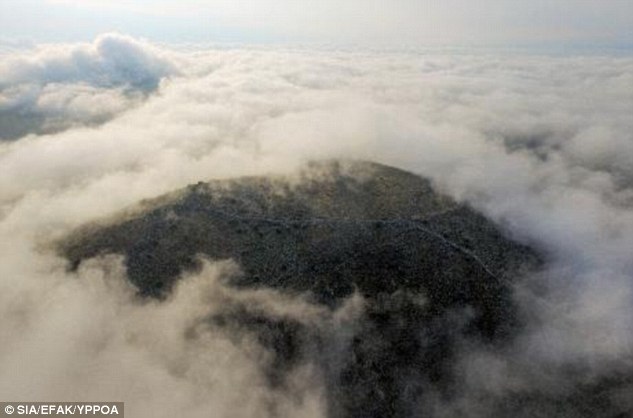
However, Greek, British, and Swedish archaeologists from the University of Gothenburg and Bournemouth University decided to investigate the hill and discovered a 2,500-year-old city.
After finding many ancient pottery and coins originating around 500 years BC, the research team continued to discover the remains of towers, walls and city gates on the top and slopes of the hill.
“The site previously believed to be the remains of a settlement is actually the ruins of an important city. We found squares and street systems that showed this was a fairly large city. The area inside the walls surrounding the city covers an area of more than 40 hectares,” Robin Ronnlund, head of the research team, shared.


The next research project is expected to begin in August 2017. They hope to use methods such as ground-penetrating radar scanning instead of excavation to preserve the city’s status quo.
“Our project will provide more information about ancient cities in the region. It also shows that there are many undiscovered ruins in Greece,” Ronnlund said.